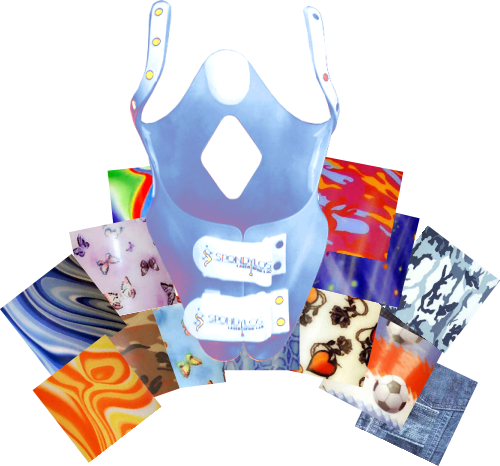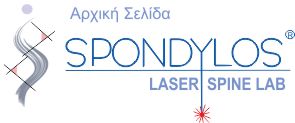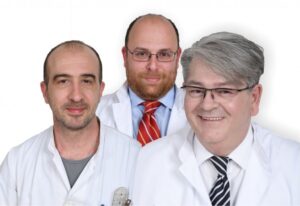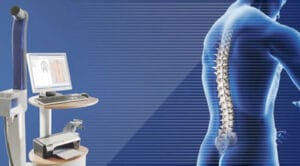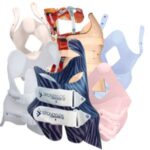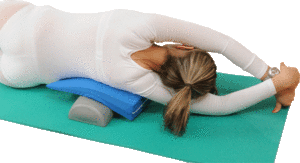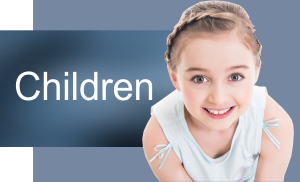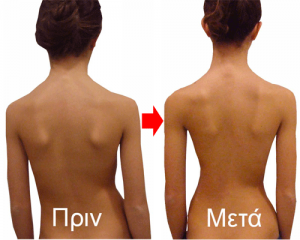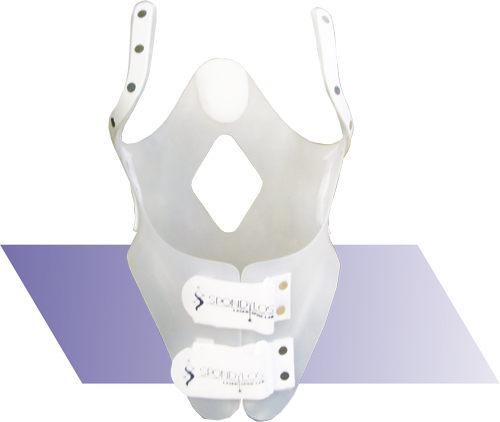
Spondylos Kyphosis Brace, what is it;
The evolution in hyper-extension braces.
It was created after years of research in the SPONDYLOS Laser Spine Lab laboratories.
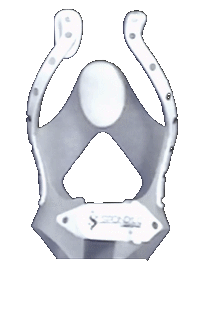
When should the SPONDYLOS kyphosis brace must be applied?
Teenagers
As it concerns the adolescents with kyphosis Scheuermann, according to Lowe, treatment with overextension braces is always successful in patients with kyphosis between 55⁰ and 80⁰, if diagnosed before skeletal maturity.
The reason is that with the hyperextension on a continuous schedule, the anterior parts of the vertebrae are discharged and if there is a satisfactory growth, the problem is corrected.
Adults
In the treatment of adults the brace is a holding tool of the result of the exercises.
What are the targets of treatment?
The goals of treatment are:
1. To stop the development of kyphosis and return to the normal (20⁰-40⁰) initial angle
2. To maintain the flexibility and mobility of the spine
3. To improve the aesthetic appearance
4. To prevent pain that will come at the age of> 28 years as a result of the degenerative vertebral disease that will be created
5. To maintain and improve overall general health
6. To improve the quality of life
How does it work on the body the SPONDYLOS kyphosis brace?
The SPONDYLOS kyphosis brace combines a pair of anterior forces (at the height of the sub clavicle areas and the loins) and one opposite posterior force (at the height of the top of the kyphotic angle vertebra), which decompresses the anterior parts of the vertebrae bodies, and in this way the epiphyses to create enough bone to eradicate the wedged deformation of the vertebrae and thus kyphosis.
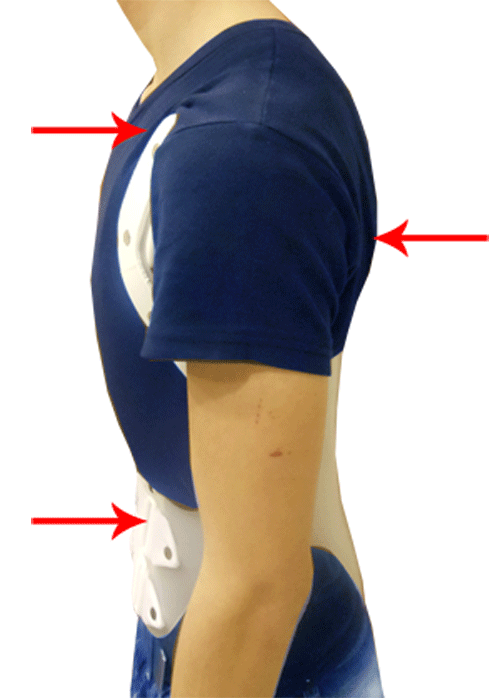
In contrast to the hyperextension type brace, like Boston Brace, which exerts forces via tensioning straps that are behind the brace, as it buckles from behind, the SPONDYLOS kyphosis brace is pre-curved and fasteners at the front. This means practically that in the case of a hyperextension brace, the child cannot control the brace, and somebody else will always have to tighten it.
In the Spondylos kyphosis brace, all the corrections have been made on a computer with maximum precision, so when the child wears it the pressures are automatically exerted on the body and nothing needs tightening.
It is also thinner and more accepted by children from an aesthetic point of view, because only the parts of the brace required for the corrections have been kept.
There is no point in taking x-rays when the brace is being worn, a method that some orthopedic specialists still apply today. The child will just receive additional radiation. When wearing a kyphosis brace, we see if the kyphosis is improved or not. After many hours of wearing, we are sure that it will act on the epiphyses, correcting the problem gradually.
Wearing the brace must be stopped when it is ascertained that the damage has been restored, or when the bone is matured. There is no point in wearing a brace when the child stops growing, as there will be no positive effects.
When the patient stops growing, whenever that is, we receive the final x-rays and certify the end of treatment, seeing its effects on the vertebrae.
How are manufactured the SPONDYLOS kyphosis braces;
They are constructed on a mold that is digitally obtained with a Laser scanner and processed with CAD CAM programs.
Processing is not empirical and based on the hump, as is the case with plaster molds, but it is based on the digital x-ray embodied on the mold.
The material used is 3 mm polypropylene, which gives the strength required, but also a very good aesthetic effect.
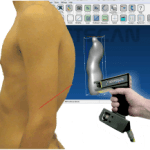
The brace may be translucent, to look less through the clothes, or be colored with many designs and color options.
